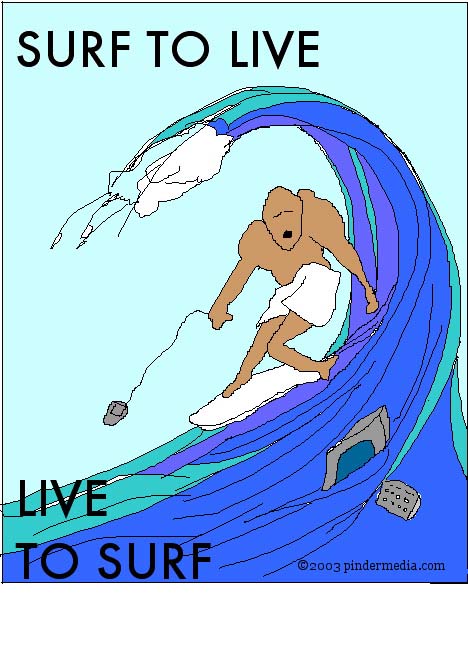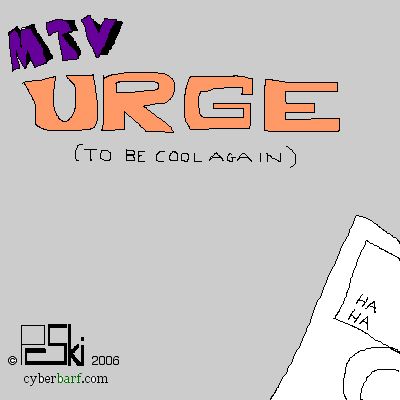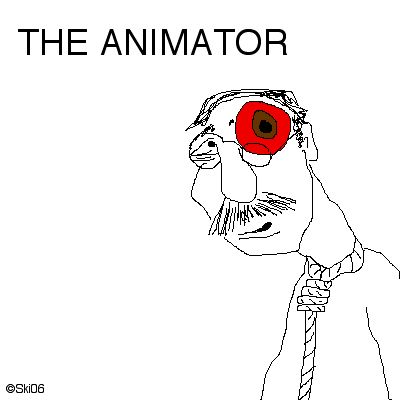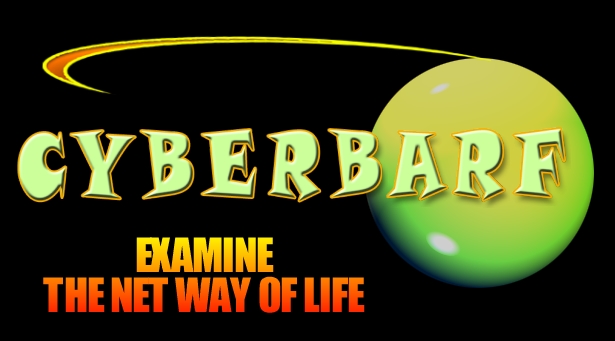|
Animation
is no longer the things of kids' stuff. Major motion picture studios
are spending tens of millions of dollars and years of preparation
time to launch full length features. Animation studios are popping
up all over the world; many are being founded by the multi-millionaire
technology or tycoons, like Nike's Phil Knight. It appears that
everyone with a notion, an idea or some capital, wants to be the
next Walt Disney.
But
as one begins learning the process, one will find that this animation
business is a vastly complex layered and technology demanding
enterprise. There are companies with hundreds of highly skilled
artists who sole job is to create “tweens,” the individual
time consuming single frames of action between the projects key
frames. Getting anything into a final product can take months,
years or decades to complete, depending on the nature, length
and complexity of the story and its art.
|
|











